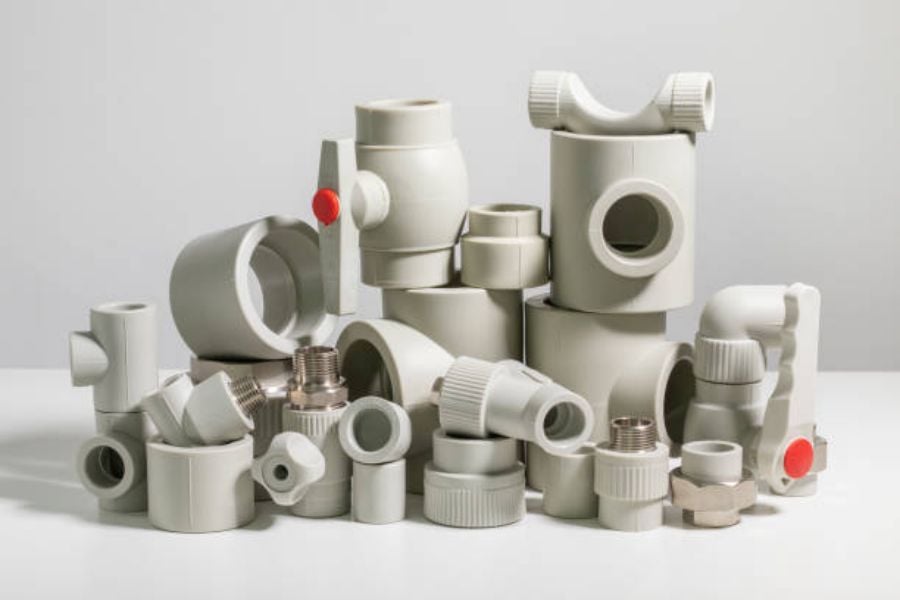If you are in the plumbing business, you must have come across "PPR pipes" more than once. Polypropylene Random Copolymer (PPR) pipes are emerging as a popular plumbing solution due to their excellent physical and chemical properties, including high temperature resistance, corrosion resistance, and light weight. In this article, we'll tell you everything you need to know about PPR pipes.
1. The Composition of PPR Pipes
PPR pipes are made up of a type of plastic, which is a combination of polypropylene random copolymer and a small amount of high-density polyethylene. The result is a material that is strong, durable, and resistant to heat, chemical corrosion, and extreme pressure.
2. The Advantages of PPR Pipes
One of the biggest advantages of PPR pipes is their resistance to high temperatures. They can withstand temperatures of up to 95°C without deforming. Another advantage is their chemical resistance, making them ideal for use with water or other corrosive liquids. PPR pipes are also lightweight, making them easy to transport and install.
3. How PPR Pipes are Manufactured
PPR pipes are made through a special manufacturing process called "random copolymerization," which involves the polymerization of propylene with a small amount of ethylene. The polymerization creates a copolymer that is then used to make the pipes.
4. The Applications of PPR Pipes
PPR pipes can be used for a variety of applications, including hot and cold water systems, central heating systems, and industrial pipelines. They are also suitable for both residential and commercial plumbing.
5. The Installation of PPR Pipes
Installing PPR pipes is relatively simple and can be done quickly. The pipes are joined together using a special PPR welding machine, which heats the ends of the pipes and melts them together. This makes for a strong and leak-proof connection.
6. The Maintenance of PPR Pipes
PPR pipes require very little maintenance. Because they are resistant to both heat and chemical corrosion, they are unlikely to experience damage. However, regular inspections and cleaning of the pipes should be done to ensure their longevity and efficiency.
7. The Sustainability of PPR Pipes
PPR pipes are considered to be an eco-friendly option due to their ability to be recycled. Additionally, because the pipes have a longer lifespan and require less maintenance than other types of pipes, they reduce the amount of waste generated by plumbing operations.
8. The Cost of PPR Pipes
While PPR pipes may be slightly more expensive than some other types of pipes, they provide many benefits that can make them a cost-effective option in the long run. Their durability and longevity can help prevent the need for costly repairs or replacements.
9. The Durability of PPR Pipes
PPR pipes are known for their durability and can last for over 50 years even under extreme conditions. They are also resistant to damage from acids, alkalis, and other substances, making them an ideal choice for industrial pipelines.
10. The Future of PPR Pipes
It's clear that PPR pipes have many advantages and are quickly gaining popularity in the plumbing industry. As more people become aware of their benefits, it's likely that we'll see more widespread adoption of PPR pipes in both residential and commercial applications.
Quote Inquiry
Contact Us

